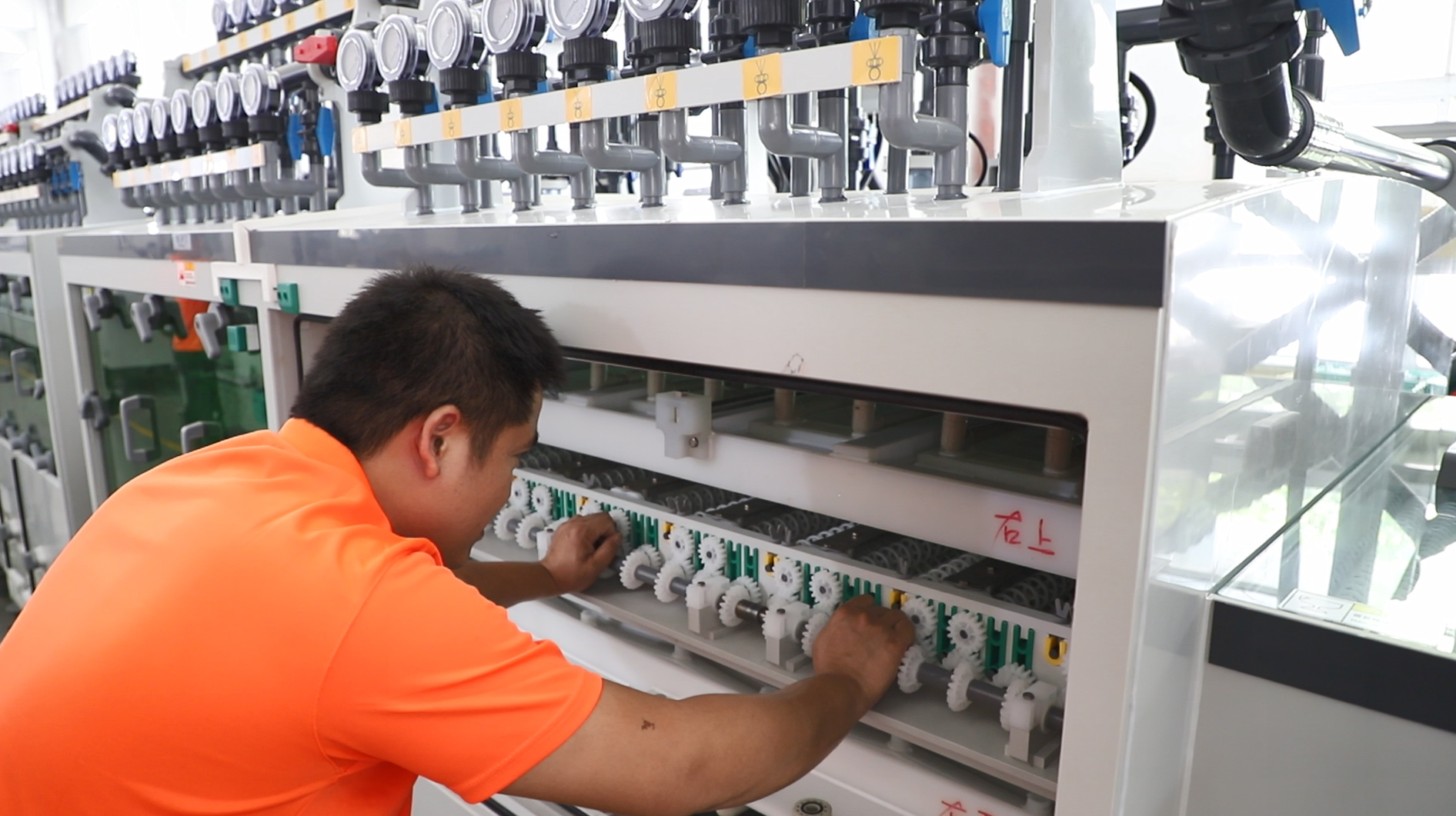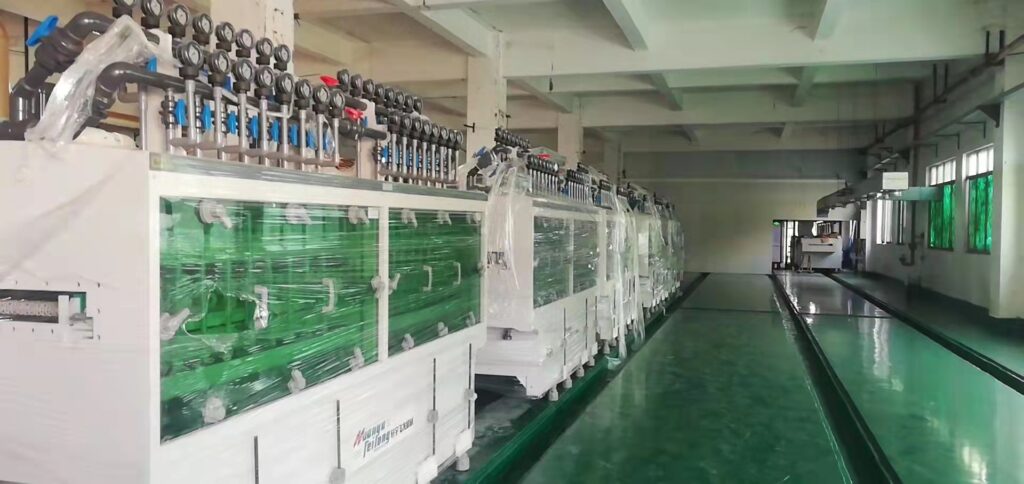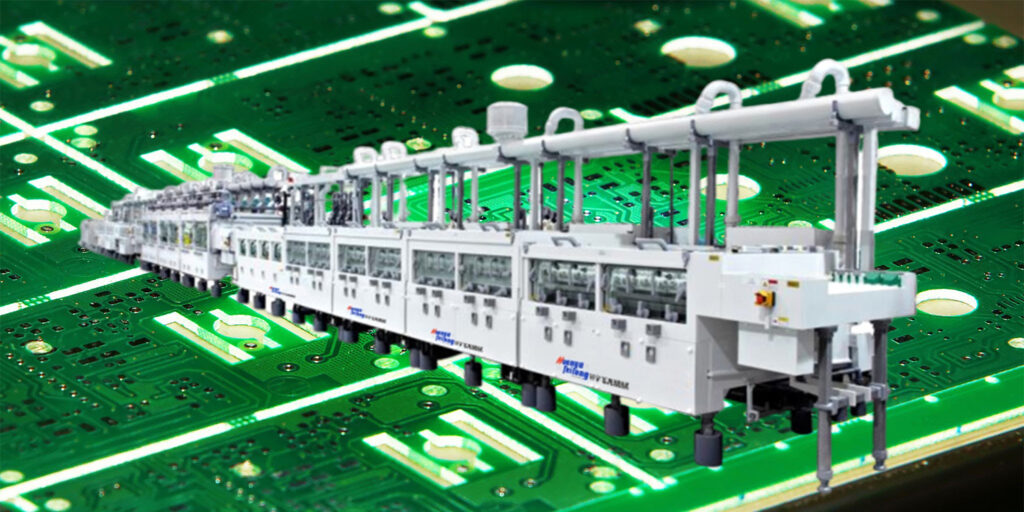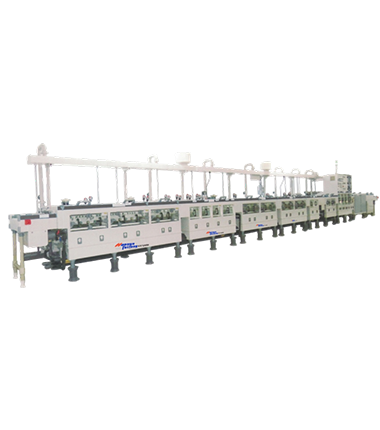As a metal processing service company, I think you need to know the comparison between laser cutting and chemical etching. I believe our article can give you the answer.
1. Technical Principles
Laser Cutting Principle
Laser cutting uses a high-powered laser beam focused on the material’s surface to melt, burn, vaporize, or ignite the material, allowing for precise cuts. In stainless steel cutting, CO2 lasers or fiber lasers are commonly used. Fiber lasers, due to their efficiency and precision, are preferred for cutting 1mm stainless steel.
Chemical Etching Principle
Chemical etching is a process that removes material through a chemical reaction. For stainless steel, ferric chloride is a commonly used etchant. The process selectively dissolves exposed areas of the metal, while areas covered by a protective mask remain unaffected, resulting in detailed patterns or designs.
2. Chemical Etching Process
Chemical etching is a multi-step procedure that typically includes the following:
- Cleaning: The metal surface is thoroughly cleaned to remove any grease, dirt, or oxides, ensuring a pristine surface for etching.
- Masking: A photoresist or protective mask is applied to the metal. This mask will protect areas that are not to be etched.
- Exposure and Developing: The masked metal is exposed to UV light through a photomask that contains the desired pattern. After exposure, the unexposed areas of the mask are developed and removed, revealing the metal underneath.
- Etching: The exposed metal is immersed in a chemical etching solution, which dissolves the unmasked areas, creating the desired design.
- Mask Removal: Once etching is complete, the protective mask is stripped away, leaving the final etched design.
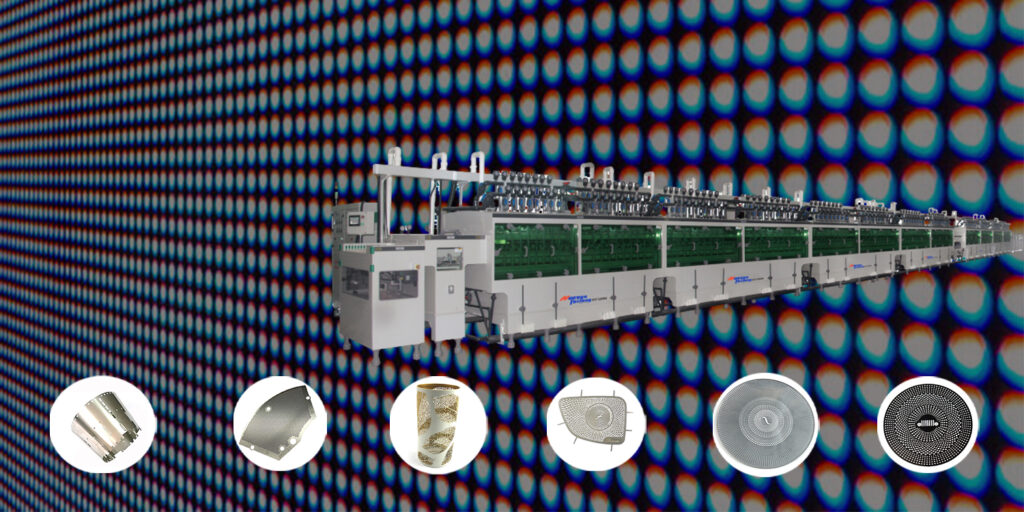
This process can achieve highly detailed patterns, but it requires careful handling of chemicals and waste disposal.
3. Cost Comparison
When processing 1mm 304 stainless steel, here is an updated cost comparison covering equipment, personnel, space, utilities, and environmental factors.
Machine Costs
- Chemical Etching Equipment: Costs typically range from $60,000 to $120,000, which includes the etching machine, chemical storage, and safety equipment.
- Laser Cutting Equipment: Prices range from $150,000 to $350,000, depending on the laser’s power and the brand.
Personnel Requirements
- Chemical Etching: Requires about 3 operators to handle mask creation, chemical handling, and waste disposal. Assuming an hourly wage of $25, with an 8-hour workday, the monthly labor cost would be around $12,000.
- Laser Cutting: Only 1-2 operators are needed for machine programming and supervision. With the same wage assumption, the monthly labor cost is approximately $4,000 to $8,000.
Space Requirements
- Chemical Etching: Requires about 600-1,000 square feet, including space for the machine, chemical storage, and waste management. Assuming rent at $12 per square foot, monthly space costs range from $7,200 to $12,000.
- Laser Cutting: Takes up 300-500 square feet, with monthly rent costing $3,600 to $6,000, less than etching.
Utilities (Water and Electricity)
- Chemical Etching: Consumes significant water and electricity. Water consumption is about 4 tons per day, at $1.50 per ton, leading to a monthly water bill of $180. Electricity, primarily for pumps and heating systems, adds another $800 per month.
- Laser Cutting: Has no water consumption but uses 12-18 kWh of electricity per hour. Assuming a rate of $0.12 per kWh, with 8 hours of daily use, monthly electricity costs are about $350 to $540.
Environmental Impact & Disposal Costs
- Chemical Etching: The major environmental cost is waste disposal. Handling 1.5 tons of chemical waste monthly costs $800 to $1,500, plus transportation and storage fees, bringing the total to around $2,000 to $3,000.
- Laser Cutting: Laser cutting doesn’t produce chemical waste, but it does create fumes and particulates, requiring filtration. Monthly filter maintenance costs about $150 to $400, making it more environmentally friendly.
Maintenance and Operating Costs
- Chemical Etching: Has higher maintenance costs due to the need for regular chemical replacement and cleaning. Monthly costs range from $1,500 to $3,000.
- Laser Cutting: Maintenance is simpler, involving cleaning optics and replacing consumables like nozzles. Monthly maintenance costs are about $600 to $1,200.
4. Chemical Etching vs Metal Laser Cutting Cost Table
| Cost Factor | Chemical Etching | Laser Cutting |
|---|---|---|
| Machine Cost | $60,000 – $120,000 | $150,000 – $350,000 |
| Personnel (monthly) | $12,000 | $4,000 – $8,000 |
| Space (monthly) | $7,200 – $12,000 | $3,600 – $6,000 |
| Utilities (monthly) | Water: $180, Electricity: $800 | Electricity: $350 – $540 |
| Waste/Environmental | $2,000 – $3,000 | $150 – $400 |
| Maintenance (monthly) | $1,500 – $3,000 | $600 – $1,200 |

5. Conclusion
From a numerical comparison, chemical etching offers high precision but comes with higher operational costs, especially in labor, space, utilities, and waste disposal. It is best suited for intricate designs that require fine detail but demands more complex handling for safety and environmental concerns.
On the other hand, laser cutting requires a higher initial investment, but operational costs are significantly lower due to less labor, smaller space requirements, and simpler maintenance. It’s ideal for high-volume production where efficiency and cost control are critical. Laser cutting also has less environmental impact, which is increasingly important in today’s regulatory environment.
For companies focused on precision and intricate designs, chemical etching remains a strong choice. However, for high-efficiency, large-scale production, laser cutting is the better long-term investment.
